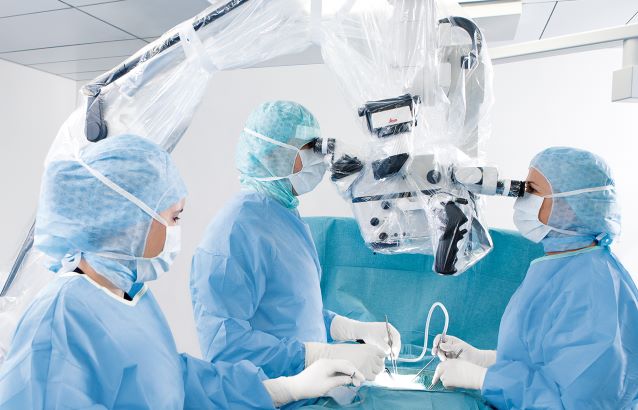The Rise of Plastic and Reconstructive Surgery
Plastic and reconstructive surgery has come a long way from its early beginnings. Once a field primarily focused on repairing physical deformities, it has now expanded into a comprehensive discipline aimed at enhancing quality of life and restoring function. With advancements in technology and surgical techniques, plastic surgeons are able to perform complex procedures with greater precision and better outcomes. This evolution has not only transformed the capabilities of surgeons but also the lives of countless patients seeking restoration and improvement in their physical appearance.
Technological Innovations in Surgery
One of the most significant factors contributing to the evolution of plastic and reconstructive surgery is the advent of cutting-edge technology. For instance, a leading children’s hospital in Alabama recently integrated the Leica 530 OHX into their surgical arsenal. This state-of-the-art equipment provides unparalleled clarity and magnification, allowing surgeons to perform intricate operations with enhanced visibility. Such technological advancements have made surgeries less invasive, reduced recovery times, and improved the precision of surgical outcomes, thereby setting new standards in patient care.

Impact on Patient Lives
The true measure of success in plastic and reconstructive surgery is the impact it has on patients’ lives. From burn victims to individuals born with congenital defects, the scope of plastic surgery is vast. Procedures like skin grafts, cleft palate repair, and breast reconstruction after mastectomy not only improve physical appearance but also restore functionality and boost self-esteem. The psychological benefits are profound, as patients often experience a renewed sense of confidence and a better quality of life post-surgery.
Education and Specialized Training
As the field of plastic and reconstructive surgery advances, so does the need for specialized education and training. Surgeons must stay abreast of the latest techniques and technologies to provide the best care possible.
Institutions like the children’s hospital in Alabama are at the forefront of surgical education, offering comprehensive training programs that equip the next generation of surgeons with the skills necessary to continue pushing the boundaries of what is possible in plastic and reconstructive surgery.
The Future of Plastic Surgery
The future of plastic and reconstructive surgery is bright, with ongoing research and development paving the way for even more remarkable achievements. Biomedical engineering, 3D printing, and regenerative medicine are just a few areas that hold promise for further advancements. As we look ahead, we can expect plastic surgery to continue evolving, offering hope and healing to those in need and solidifying its role as a transformative force in the medical field.
To learn more about the Leica M530 OHX, contact us here: Contact Us

